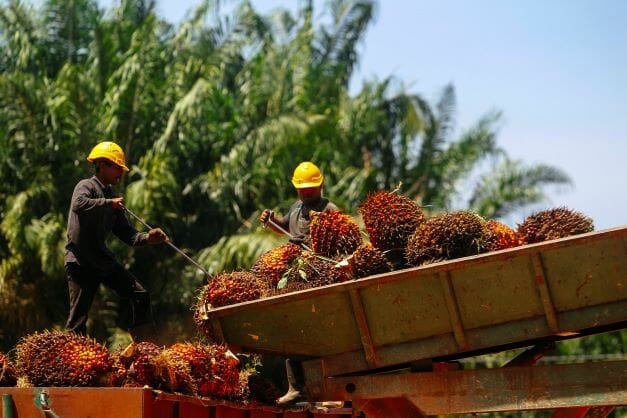Recent labour market indicators are encouraging and suggest that economic recovery remained on track in 1H 2022. Economic headwinds however will weigh on the job market outlook. The post-pandemic jobs recovery will be uneven across types of firms, sectors, age groups and geography. Policy intervention will be necessary to minimise economic disruption.
In May 2022, the unemployment rate was recorded at 3.9%, gradually trending towards the pre-pandemic average of 3.3%. This figure is in stark contrast to the 5.3% seen in May 2020 when pandemic-related mobility restrictions had first constrained economic activity. Meanwhile, the labour force participation rate climbed to 69.5% of the working age population (pre-pandemic: 68.3%), indicative of a generally higher willingness to work. These key figures are upbeat signs of robust economic recovery in the first half of the year.
For the remainder of the year, RAM expects the pace of labour market recovery to ease, projecting the year-end unemployment rate to decline marginally to 3.6%. Firms’ hiring decisions will be affected by higher cost structures, weaker global economic conditions and delayed investment rollouts on the back of tighter monetary conditions. As the jobs market is not expected to fully normalise, overall wage pressures vis-à-vis inflation will stay contained.
The uneven labour market recovery mirrors current economic conditions where some sectors (such as those that are dependent on international tourism) remain inherently affected by the pandemic. The unevenness of recovery is also exhibited across different age groups, firm types and geography in recent months. Should these conditions persist, scarring (i.e., permanent or long-term economic losses) may occur and result in significant structural issues for the economy.
In this context, policies that facilitate structural change and improvements to the government’s redistributive programmes should be implemented to minimise scarring. The corollary to this is that the normalisation of existing support programmes should be effected at a gradual pace.









